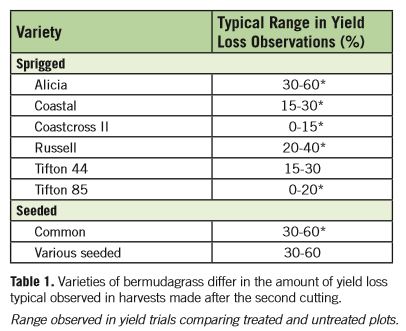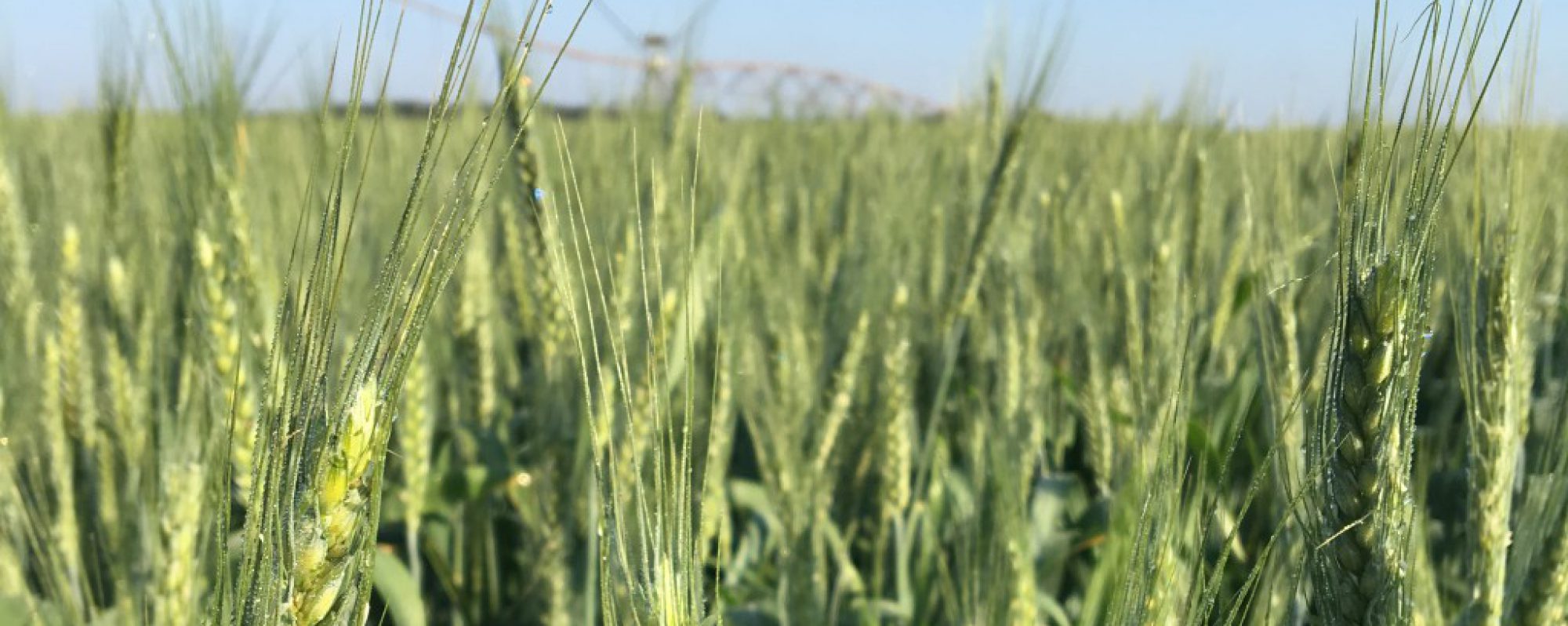We’re seeing “bronzing” of bermudagrass stem maggot around Wilcox County. This is typical of bermudagrass stem maggot. We’ve had reports of damage for over 2 weeks. I’m seeing damage from Pineview to Pitts to south in the county. It’s definitely showed up a little earlier than normal. Colquitt County Agent Jeremy Kichler has also noted it earlier at their Expo plots. We are on the second cutting here. Where some missed their first cutting, damage is showing up and will definitely need to cut now and follow the 7 – 10 day protocol for treating. Where the maggot damages at the uppermost node, this is why we see the top 2 or 3 leaves deteriorate.

Chemical Control
Many of us county agents are working with Dr. Lisa Baxter who is helping look for new products with BSM efficacy. Still today the use of a pyrethroid labeled for forage use around 10 days after the previous cutting appears to be the best strategy for control. Sometimes a second application 10 days later will be beneficial, especially if the forage is growing slowly. UGA Extension Forage Scientist Dr. Dennis Hancock adds that some formulations add residual control for fall armyworm, but residual insecticides (chlorantraniliprole, dimilin, spinosad, etc.) have proven ineffective at preventing the BSM. They are great for FAW, though. So, consider formulations or tank mixes with them when we start seeing more FAM show up.
Physical Control
With some who missed the first cutting and damage is showing up (6 to 8 inches tall), the best option is to cut or graze the field now and encourage regrowth. It’s better to cut early and accept the loss than have low-yielding, damage crop harboring fly populations. This also prevents shading of any regrowth. The maggot does not remain in cut stems. It exits the stem to the soil and adult flies escape to field margins and other fields. A prompt treatment gives best reduction in damage.
Varieties with smaller stems and leaves seem to be more susceptible to damage. Below is a table from the updated publication Managing Bermudagrass Stem Maggot.

